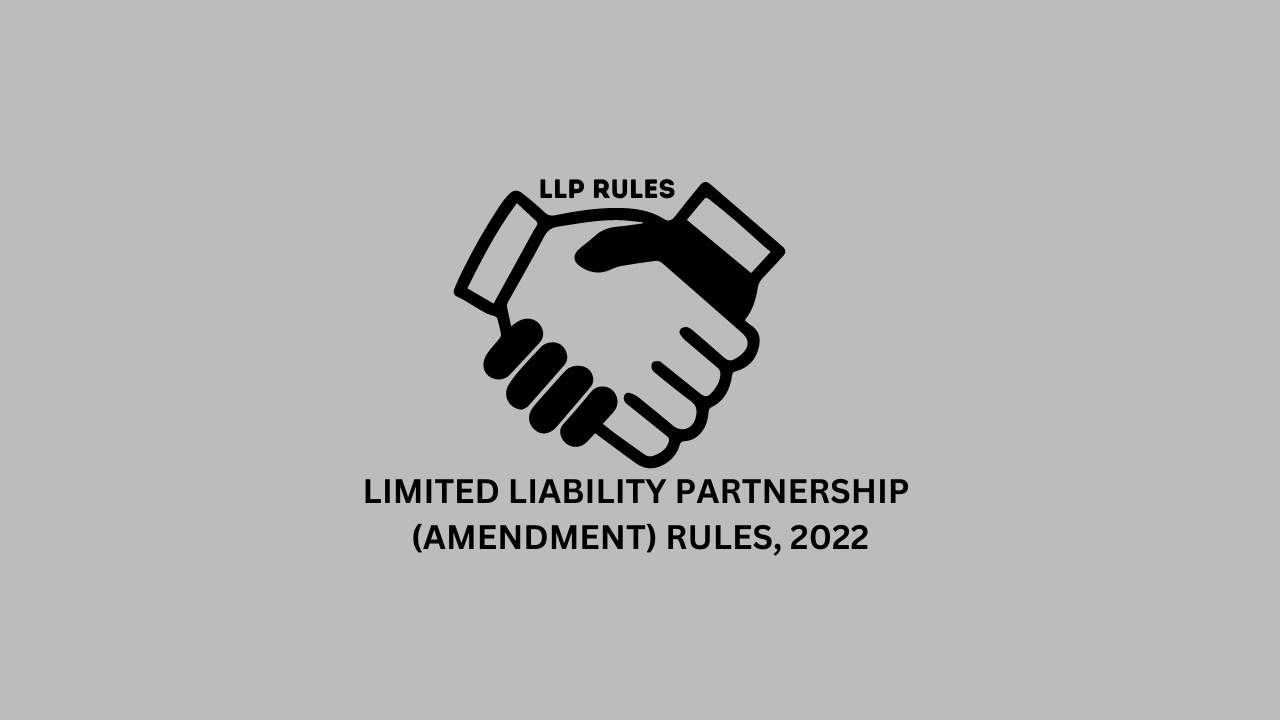
The Limited Liability Partnership (LLP) Act, 2008, represents a significant milestone in India’s business legislation. Passed by the Indian Parliament on December 2, 2008, and coming into force on April 1, 2009, the Act provides a new legal framework for forming limited liability partnerships (LLPs). This blog explores the essentials of the LLP Act, 2008, highlighting its significance, procedures, and key provisions.
An LLP is a unique hybrid entity that combines the benefits of a partnership and a company. It allows partners to enjoy limited liability protection while maintaining the flexibility of a partnership structure. This means that while the partners are jointly responsible for the LLP’s obligations, their personal assets are generally protected from being used to satisfy business debts.
The LLP Act, 2008, outlines a clear procedure for registering an LLP in India. Here are the key steps:
The LLP Act mandates that every LLP must have at least two designated partners, one of whom must be a resident of India. Designated partners are responsible for regulatory and legal compliance, including filing annual returns and maintaining proper financial records.
Here’s a comparison table highlighting the key differences between the LLP Act, 2008, and the older partnership laws (Indian Partnership Act, 1932):
Aspect | Indian Partnership Act, 1932 | LLP Act, 2008 |
Legal Status | Not a separate legal entity; partners are collectively seen as the firm | LLP is a separate legal entity distinct from its partners |
Liability of Partners | Partners have unlimited liability for debts and obligations of the partnership | Partners’ liability is limited to their agreed contribution; personal assets protected |
Formation | Formed by agreement among partners | Formed by registration with Registrar of Companies (RoC) |
Minimum Number of Partners | At least two partners required | At least two partners required |
Management | Partners manage the business directly | Managed by designated partners or as per LLP agreement |
Registration | Not mandatory; partnership operates informally | Mandatory registration with RoC |
Name | No specific guidelines; name usually includes partners’ names | Name must comply with RoC guidelines; must be unique |
Annual Compliance | Limited formal compliance requirements | Requires filing annual returns and maintaining accounts |
Liability Protection | Partners jointly and severally liable | Partners’ liability limited to their contribution |
Termination | Dissolution process outlined in the Act | Dissolution and winding up process specified |








